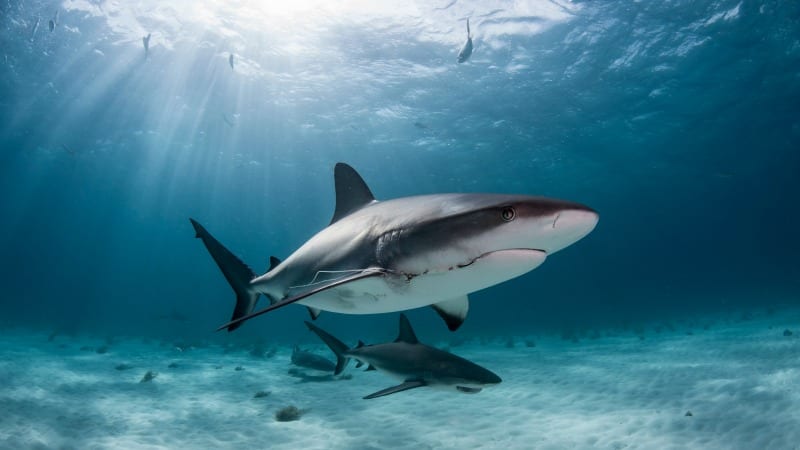Myth 1: All sharks are dangerous to humans
While there are over 500 species of sharks, only a few are considered dangerous to humans. The majority of shark species pose little to no threat and some, such as the nurse shark, even exhibit docile behavior.
Myth 2: Sharks must constantly swim to breathe
This is true for some species, but not all. While many sharks rely on ram ventilation (forcing water through their gills by swimming), some species can actively pump water over their gills, allowing them to remain stationary and still breathe.
Myth 3: Sharks eat everything that comes in their path
Sharks have a strong sense of smell and excellent vision, which they use to selectively hunt for preferred prey. A shark will rarely attack an item it does not recognize as food.
Myth 4: Sharks have poor eyesight
Contrary to popular belief, sharks have excellent vision. Their eyes contain a high concentration of light-sensitive cells and even a reflective layer called the tapetumlucidum, which can help them see in low-light environments.
Myth 5: All sharks have razor-sharp teeth
Some species like great white and tiger sharks do have serrated teeth; however, many other species such as basking, whale, and horn sharks possess flat, blunt teeth designed for crushing or grinding prey.
Myth 6: Sharks are bloodthirsty killers
Sharks are typically opportunistic feeders that primarily hunt for food. Contrary to the Hollywood stereotype, they are not driven by an insatiable desire to consume anything that enters the water.
Myth 7: Shark attacks on humans are common
Shark attacks on humans are incredibly rare. In fact, you’re more likely to be struck by lightning or bitten by a dog than attacked by a shark.
Myth 8: All sharks have to be large to be a threat
While public perception often associates danger with size, some smaller species like the blacktip and oceanic whitetip sharks have been reported in attacks on humans, illustrating that size is not the sole determining factor of a shark’s threat level.
Myth 9: Sharks have no predators
Sharks are not at the top of the food chain; larger species of sharks and even orcas are known to hunt and eat smaller species. Additionally, some young sharks have been found in the stomachs of marine mammals like sea lions and seals.
Myth 10: Most sharks live in warm waters
Sharks can be found in all oceans ranging from polar to tropical waters. Some species like the Greenland shark even thrive in frigid Arctic waters.
Educating your students about these myths concerning sharks can lead to greater understanding, respect, and appreciation for these magnificent creatures. With better knowledge comes better preservation efforts for maintaining their populations and critical roles within ocean ecosystems.





